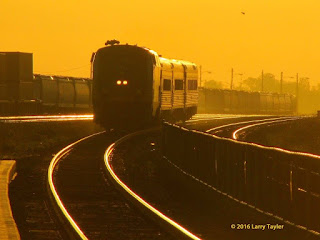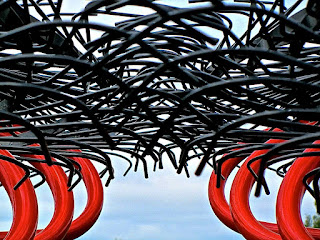For the
past twenty years or so, I have been reading death notices and obituaries in
the various newspapers that I consume. Perhaps it comes with getting older, but
reading about other people’s deaths is fascinating and instructive. I usually
check the birth dates of the departed and compare them with my own birth date.
Now that I’m almost 70, I’ve been noticing that increasing numbers of early
baby boomers – my people! – are showing up dead in the death notices.
And so it
was while reading last Saturday’s Globe and
Mail (May 28, 2016) that I learned about the death of Clive Russell in
Warkworth on May 22. I had never heard of Clive Russell before reading his
death notice, but, from all accounts, he was a remarkable man – artist,
carpenter, builder, writer, landscape designer, historian, and architect. An online
search revealed a community deeply mourning his loss. The online tributes
showed him to be part of the artistic lifeblood of Warkworth.
In the
eloquent words of his obituary, Clive Russell “shared the vision of Dostoevsky
that ‘beauty will save the world’.” And it continued: “We will all miss the
magnificent, regal, dignified, gentle giant of a man who tenderly occupied such
little space.”
Try reading
that without weeping.
Most
moving, however, were Clive’s own words, also quoted in the death notice:
…My
artworks are inspired by a deep appreciation of the mystery and spirit of
place, the evidence in natural and built form of energy and movement, history
and possibility, the world as it is and as it is becoming, of
inter-relatedness, community and the humour of unexpected juxtaposition. In
each place, whether built, cultivated or wild, there is an inherent wisdom and
life. Our sense gates need only be opened a moment to be astonished by the
vastness and power, tenderness and fragility of the world and our mirror-like
identity with it…
What a gift
this man was to his loved ones and his community. I wish I had known him.















